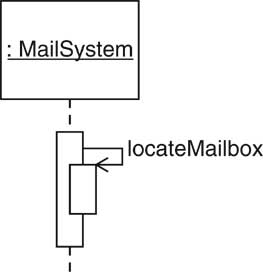
Describe what needs to be done, not how it should be done.
Develop a set of use cases. A use case is a description of a sequence of actions that yields a benefit for the user of a system.
void print() // prints to System.outwith
String getText() // can print anywhere
public class Mailbox
{
. . .
private Greeting myGreeting;
}
public class MessageQueue
{
. . .
private ArrayList elements;
}
Enter mailbox number followed by #
You have reached mailbox xxxx. Please leave a message now
You have typed an invalid mailbox number.1.3. Continue with step 2.
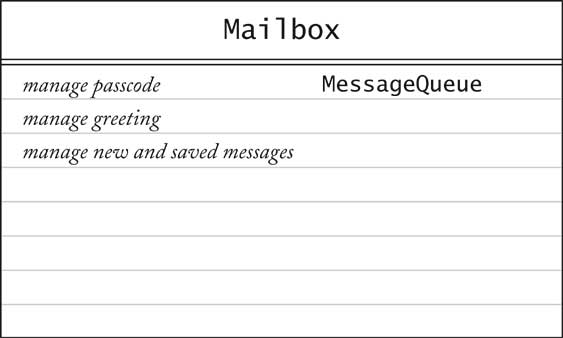
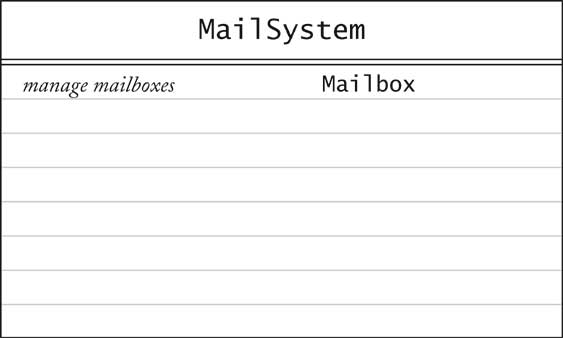

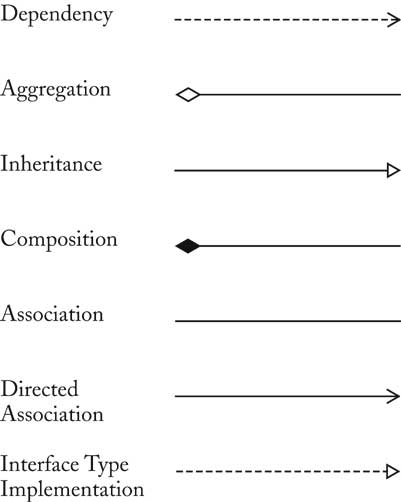





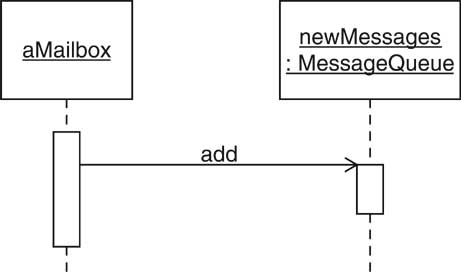

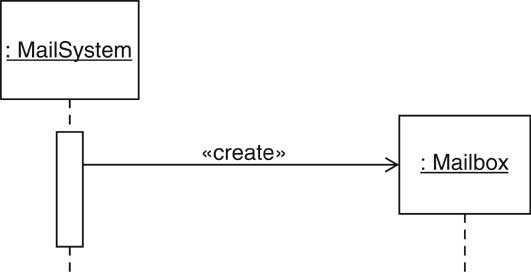
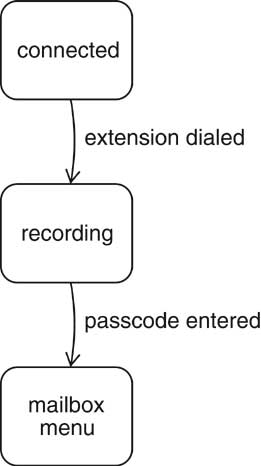
/**
Adds a message to the end of the new messages.
@param aMessage a message
*/
public void addMessage(Message aMessage)
{
}
Maintained by John Loomis, last updated 25 February 2007